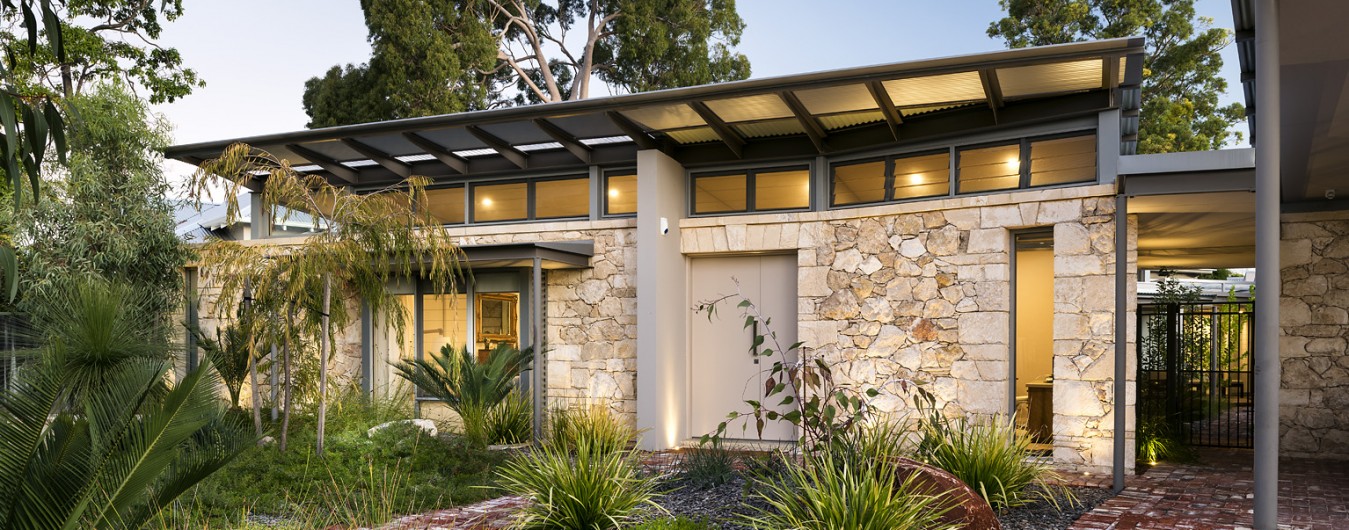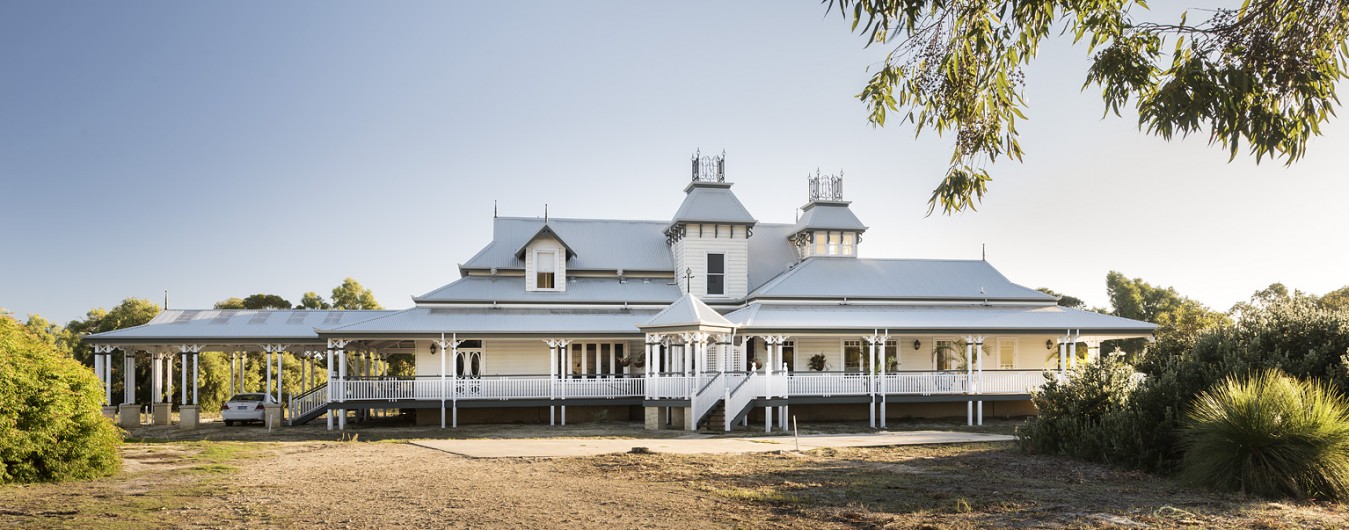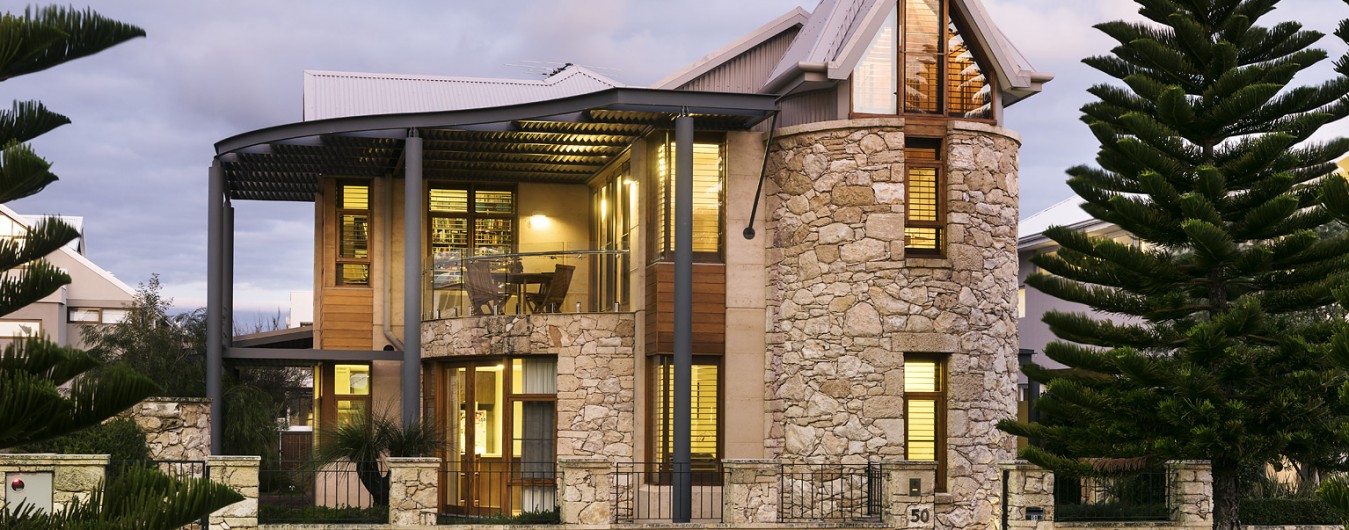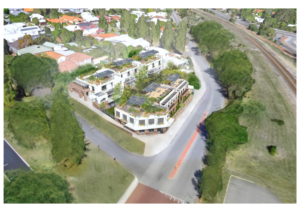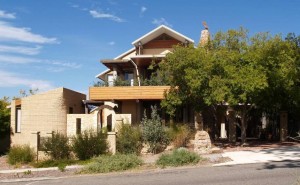Monthly Archives: May 2020
The Direction of Sustainable Architecture
Why are people generally not sufficiently interested in solar design of their homes? Why don’t we collectively understand what the implications are for planet Earth and Climate Change to the point of doing more proactively to address it? The persistence of uncomfortable denial and sceptical arguments has promulgated slow progress. Furthermore, the cause of inaction is actually against the national interest.
Media has only created confusion, playing off right and left political ideologies, which have not helped diligence.
But, having a naturally comfortable energy efficient home that maximizes the use of solar energy in a cost effective manner, is unrelated to political ideology, surely. It really is sustainable economics at its best.
I have always believed that lack of understanding of the science, and the economic benefits not only to the community but the individual householder themselves, is the key understanding that will help change the way we build.
At Ecotect-Architects we have been at this for 45 years, and although we have had personal success and many happy clients, it has been painfully slow becoming mainstream, despite many Government initiatives in changing compliance systems and highlighting possibilities through awards and publicity.
So we ask ourselves, what is the problem? Well, I believe it is cultural and history shows it takes three or four generations for entrenched ideas to change. However, the current situation with Human Impact on Climate Change (HICC) will not allow this amount of time to solve the concern for the 21st century. We can only afford two generations before permanent changes need to occur. Built environment contributions are a major potential contributor.
By 2050, passive solar design, combined with the use of PV solar systems and smart technologies for hot water, supplementary space heating and cooling systems, could deliver 10% reductions of emissions from the built environment alone. By the end, if it became the norm, it would deliver up to 35% alone from the built environment changes. This will occur from technology changes, passive solar/energy efficiency designing, and of course a consciousness and use-culture of building occupants and smarter control systems.
Ecotect-Architects, being one of the pioneers, still excel in providing architectural services, advice and technical consulting in the field. Many years ago, we realised that although densification of cities around major transport nodes is needed for a better efficiency and lower average emissions per person, global population is the elephant in the room for addressing Climate Change.
The ‘population ponzi’ as a driver of business as usual economics is no longer working. It is a critical part of the problem of an unsustainable world.
We need new innovative jobs in sustainable living environments to supply healthy food, clean water, comfort and shelter in communities that support positive values.
Ecologically Sustainable Designed (ESD) buildings, placed in well master planned precincts, provides all of those attributes.
To talk sustainable design – get in touch with us at any time.





